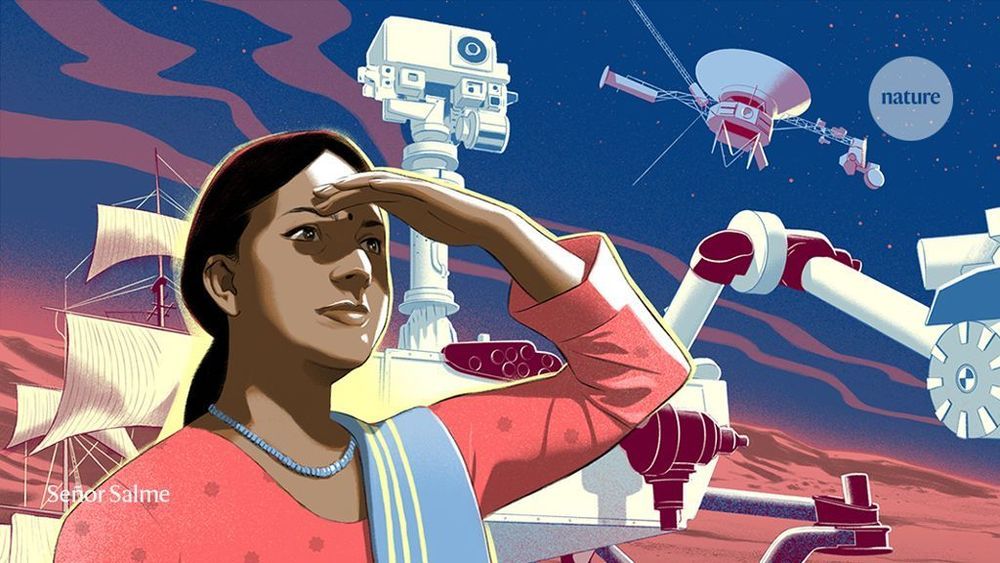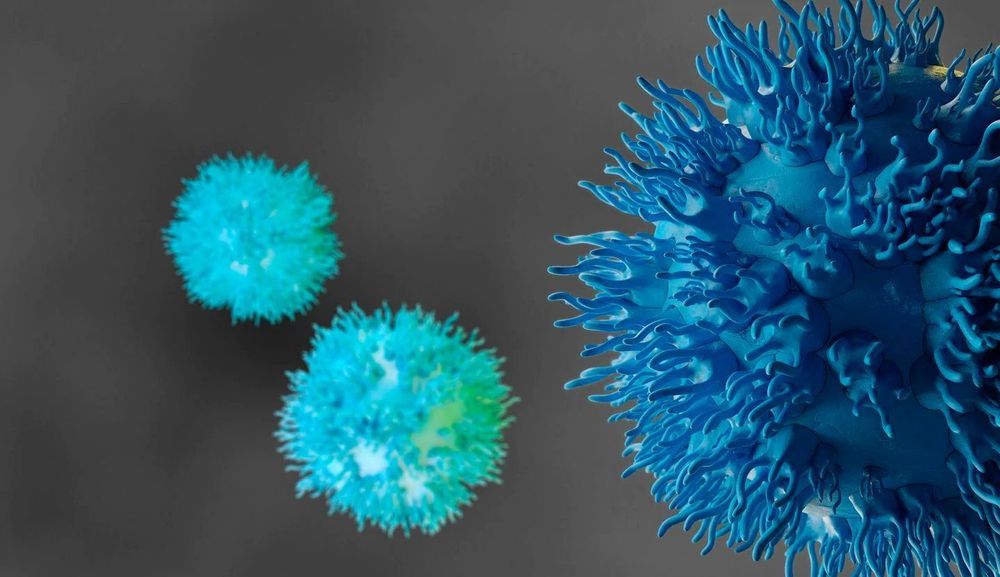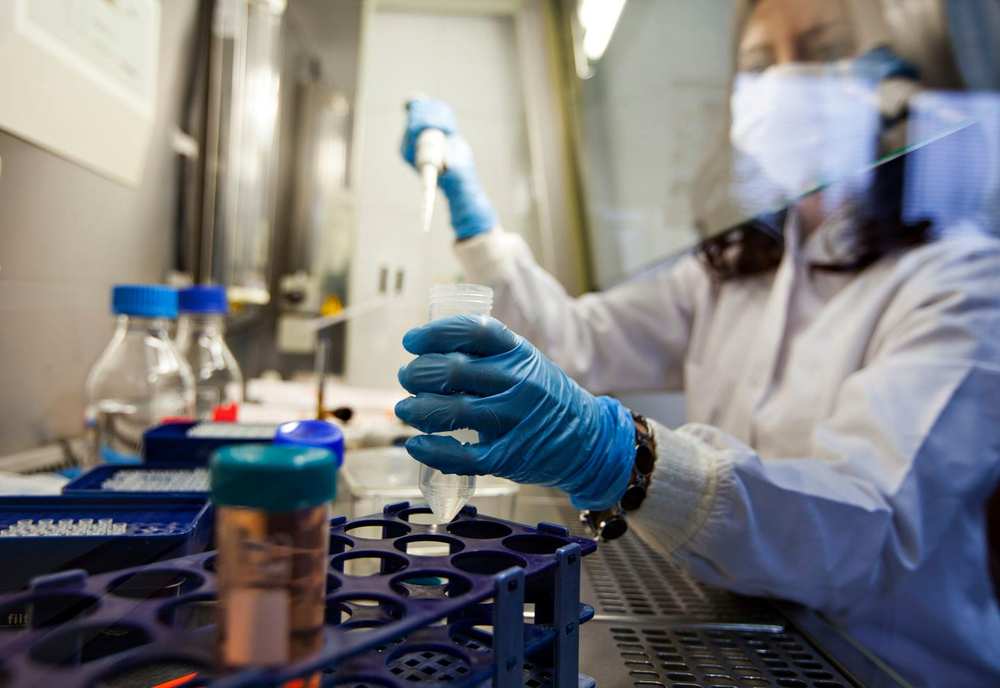Death means an end, but one recent research challenges the idea and fuels the possibility of reviving the brain. And it has plunged the scientific community into an ethical debate.
Physical movements, thoughts, and actions are traits that define how we know the difference between what’s alive and what’s lifeless i.e. death. But beyond that, we hardly understand what death means. We’ve known that death is an eventuality and irreversible. But recent research done back in April 2019 changed all that. Consequently, science is making us rethink the definition of death and the sheer fact that it is permanent.
A neuroscientist Christof Koch recently pondered over death in an article in the Scientific American. Koch wrote, “Death, this looming presence just over the horizon, is quite ill-defined from both a scientific as well as a medical point of view.”






